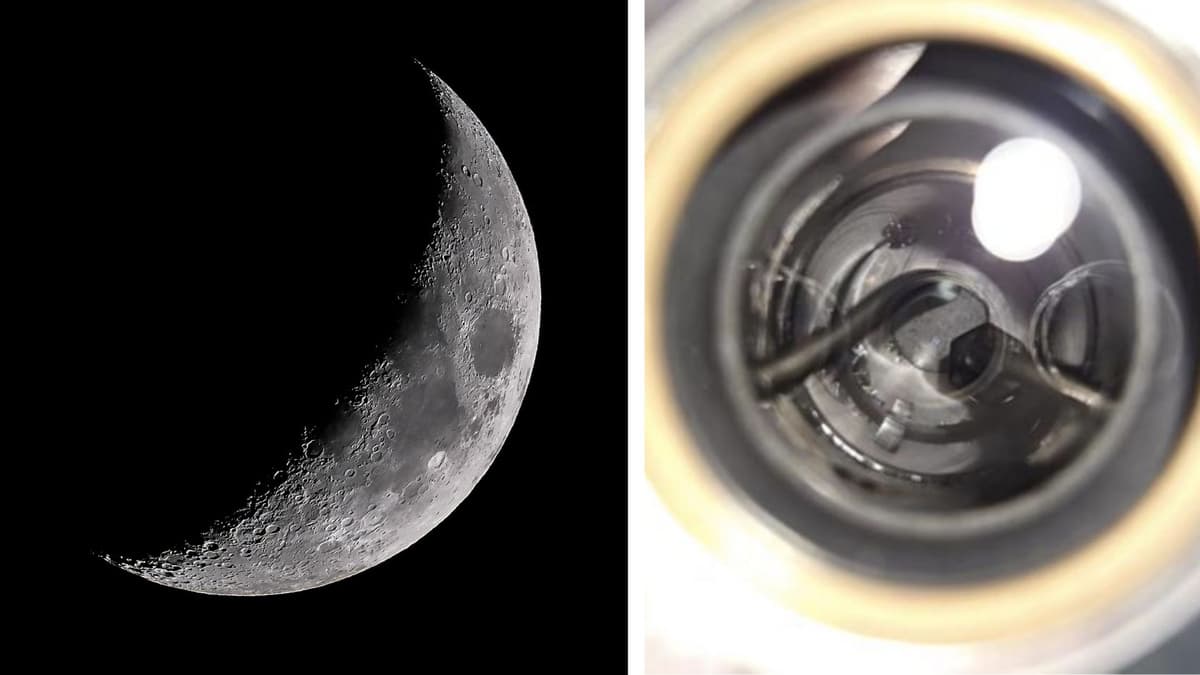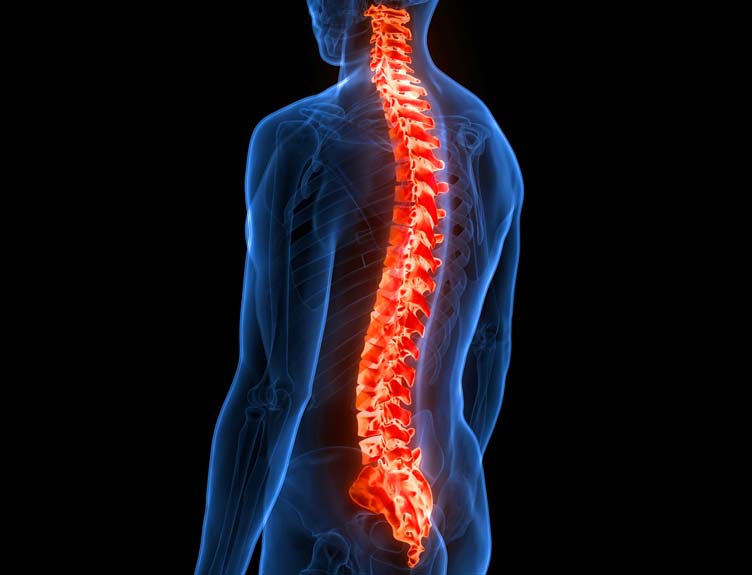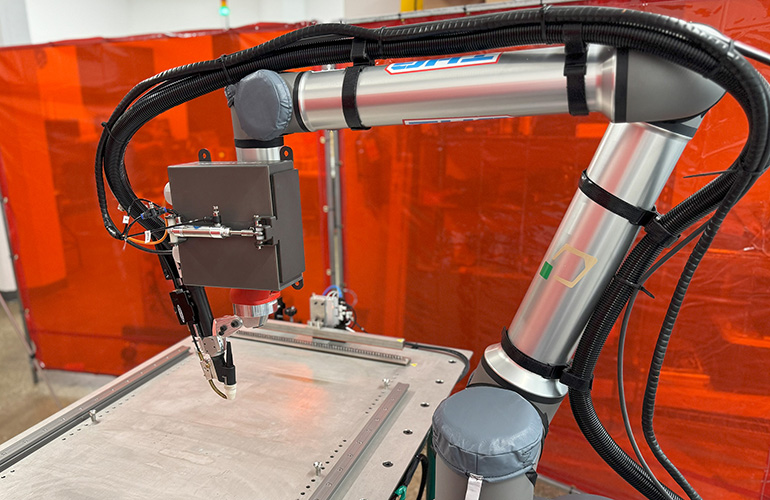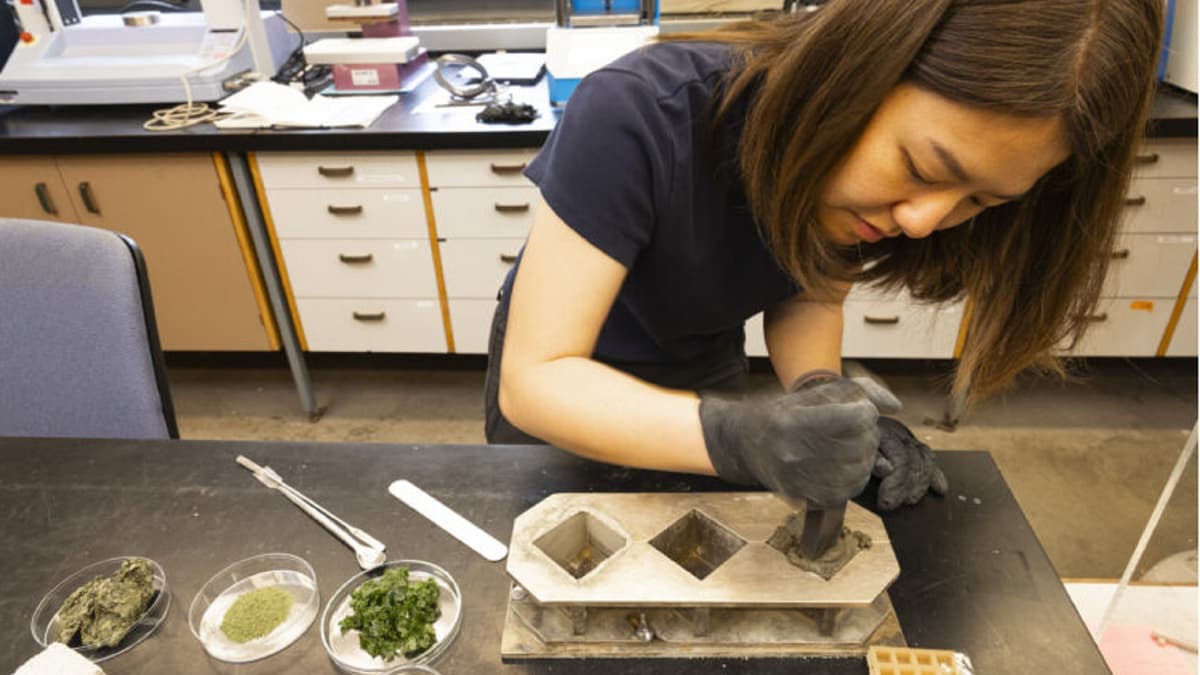On July 21, 2014, two blockchain pioneers—Dan Larimer and Charles Hoskinson—launched BitUSD on the BitShares network, creating the world’s first stablecoin. Their ambitious experiment sought to solve cryptocurrency’s biggest problem: extreme volatility that made digital assets useless for everyday commerce. BitUSD failed spectacularly, losing its dollar peg in 2018, but it planted the seeds for a revolution that would reshape global finance.
Later in 2014, a project called RealCoin (later rebranded as Tether) introduced a simpler approach: backing digital tokens with actual dollar reserves held in traditional banks. Unlike BitUSD’s complex algorithmic mechanisms, Tether’s model was elegantly straightforward—one digital token for one physical dollar. Despite early controversies about reserve transparency and a $41 million regulatory fine, Tether proved the concept worked at scale.
The evolution accelerated rapidly. USD Coin launched in 2018, emphasizing regulatory compliance and audited reserves. DAI emerged as a decentralized alternative, backed by cryptocurrency collateral and governed by smart contracts. By 2020, the combined stablecoin market had grown to just $5 billion—a niche corner of the crypto ecosystem used primarily for trading.
Then everything changed.
Continue reading… “The Stablecoin Revolution: 12 Predictions That Will Transform Money Forever”












